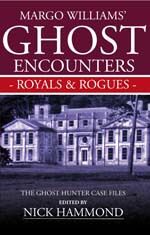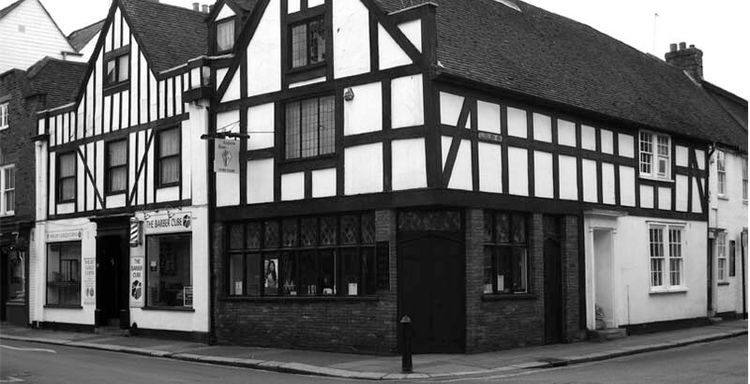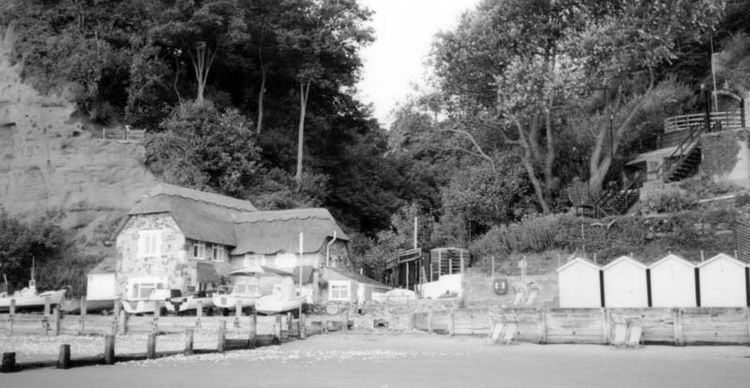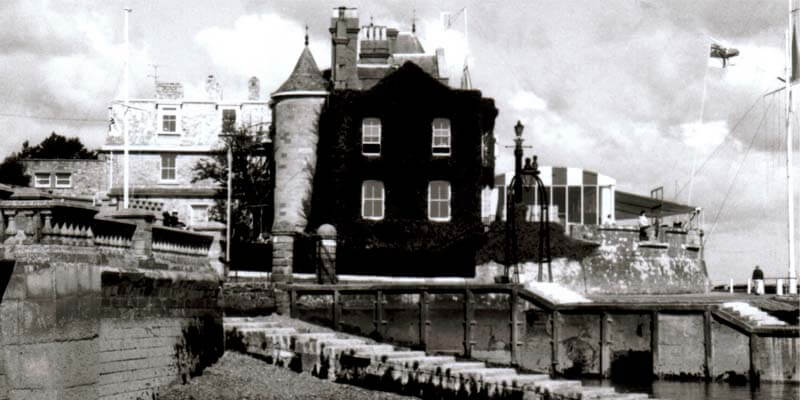Ghosts of Windsor Castle, with Margo Williams. Is a Curse a Thing?
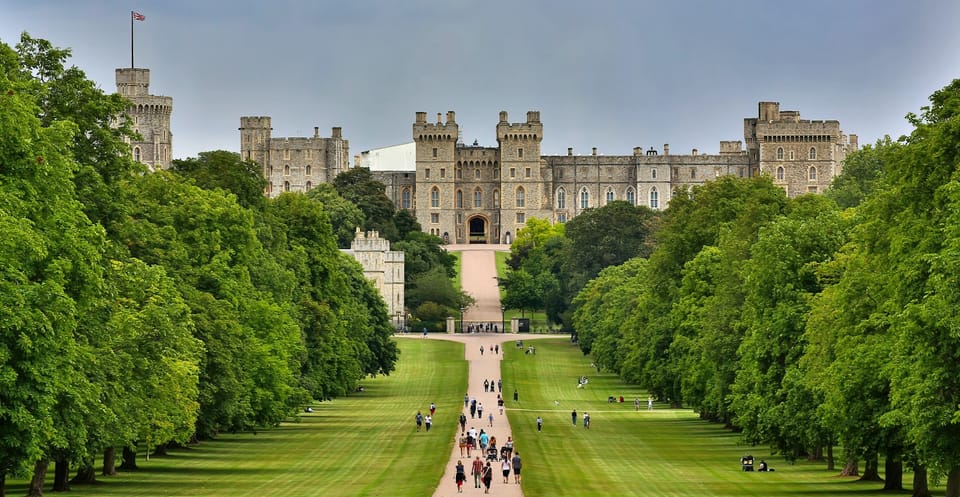
Home of the British Monarchy
WINDSOR CASTLE stands sentinel above the river Thames 24 or so miles west of London. Constructed of pale stone, one ward houses the royal apartments, the other features Saint George’s Chapel, a place of worship haunted by a royal ghost.
King Charles III and his family often stay here but long periods in this castle’s history were empty of royal residents. Its massive walls, towers and halls costly to maintain. Not all monarchs thought such expenditure worthwhile.
Others adored this castle. Favoured home of Queen Victoria until beloved Albert caught a fever here and died. George III loved the building; Charles II brought Baroque to the old medieval ruin, in which his father’s head was reunited with body.
Henry VIII is buried here too, beside beloved Queen Jane Seymour; and many people believe Henry has not yet left the building.
Various guards also claim a ghost is sometimes seen staring from the castle windows, a be-wigged figure that looks like His Majesty George III.
Windsor Castle is also home of the Garter and once upon a time, quite literally, the heart of Saint George.
King of the Castle
A fortress has stood on this hill since the Conquest. Norman engineers saw this as an ideal defensive position to protect the western route along the river Thames into London.
A mound 15 metres high was raised on the summit and two quadrangles surrounded by ramparts, ditches and a palisade to form a crown of wooden spikes upon the hill.
Henry I built the first royal hall on the summit and held court here. In 1180 Henry II ordered half a mile of stone wall and construction of a huge stone keep atop the mound.
Nine years later its defences were tested when Archbishop of Rouen and the Bishop of Salisbury attacked Prince John sheltering behind his father’s walls. John’s guards panicked, opened up the gates and ran off into the forest where they were treated unkindly with extreme prejudice.

Bad King John
Among the many very bad things for which King John is remembered, was the imprisonment in Windsor of the wife and son of his former friend William de Briouze.
He ordered them indefinitely detained in irons in a dungeon with only a sheaf of wheat and a piece of raw bacon. When eventually he unlocked the door, months later the King of England was unpleasantly delighted to see the unexpected outcome.
Cursologists wonder if the run of malign fate suffered by the royal family in Windsor castle, is a consequential chain that originates from this cruel injustice.
Such gruesome memory is mostly forgotten in the long history since, and those who visit Windsor Castle admire its vast solidity, its tall stately buildings, its right angles and tall arched windows.
It is a huge updated medieval English castle complete with red-coated guards who stamp boots and shoulder arms.
And sometimes see its ghosts.
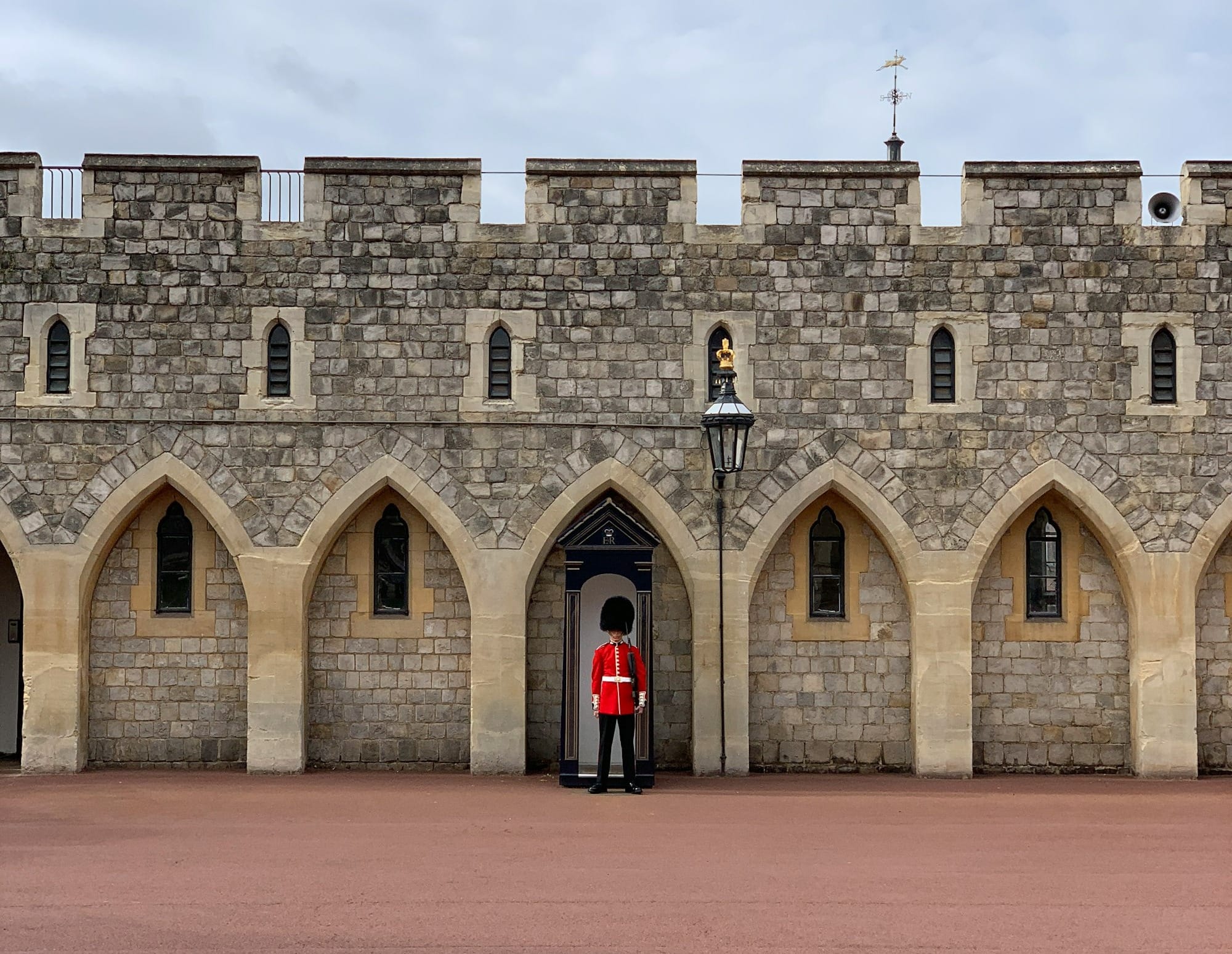
The Lost Architect Ghost
Windsor Castle is haunted, and I probably am not the first ghost-hunter to engage with its supernatural sitting tenants. Five trapped souls came to speak during my time there. Two identifiable, three remained anonymous.
On a bright spring day, accompanied by Nick Hammond we walked the cobbled stone toward the Round Tower that rose high above. The lush green Conqueror’s mound bristled with daffodils.
To the north of the mound an elegant towered gateway known as the Norman Gate, led into the upper ward where the State Apartments are located, and a statue of King Charles II.
I noticed a misted figure shuffled foot to foot beside the statue. I called, asked his name. Startled by my question the ghost drifted toward me, stopped close by.
I took out pencil and paper to record his complaint.
“… Thank you for stopping to hear me. I would not wish to burden you,” he said. “Was a famous architect, designed an extension on the castle that is so old. It looked natural, not just an addition.
Was pleased, but not pleased with the workmen who took their time. They left their work for cheese and ale. This irked me. They would not work longer than ten hours and one half, six days a week. I allowed them the Sabbath."
The ghost paused thoughtful on that kindly concession. Then continued.
"It took so long to do this work. As I say, it irked me so much it took toll of my health, and when I died I was made to realise these men had feelings.
My name does not really matter, prefer to keep it a secret, but my surname begins with an ‘M’, an important letter in the alphabet. I can travel onward to Heaven. I hope many will await me.”
Not much by which to identify him but he did provide a clue.
Identifying the Deceased
The names of architects who worked on Windsor Castle are listed. The buildings in the upper ward were built for George IV who spent one million pounds creating his royal apartments but his architect was a man named Wyattville.
Before him, father George III employed an architect named Wyatt; so not him either. These two monarchs were the only residents responsible for recent construction work on the castle. The only other royal to order building work was Charles II whose Comptroller of Works at Windsor was Sir Christopher Wren.

SO FAR no associated architect’s name began with an ‘M’, until further research revealed Wren was not appointed to his position at Windsor Castle until 1684, by which time most of the king’s building projects were complete.
Wren in fact made some plans but created nothing other than a new guardroom for the castle; but prior to his appointment Charles II commissioned a man named Hugh May to make major structural improvements to the old castle.
Godfather of British Baroque
Charles adopted Windsor as his summer residence and fancied, with some landscaping of the surrounding countryside, he could rival French King Louis XIV’s palace project at Versailles.
Charles wanted to restore Windsor’s crumbling medieval fortress and give it a makeover into continental style. Although Wren’s era, Charles appointed Hugh May as architect, and it is as a result of May’s influence Baroque style was adopted into English architecture.
In the autumn of 1675 May commenced work on the royal suite, now known as the State Apartments, removing the crumbling medieval buildings, and constructed a four-storey block with round-topped windows; before he died at the age of 66, on February 21st 1684.
After the passings of Hugh May and Charles II, no more was added to the castle. For 100 years, crows and pigeons made it their nest, local children their playground and independent-minded women made homes in the old castle’s crumbling towers.
The castle remained so until George III, in the 1790s chose to make Windsor the family residence.
By 1804 he moved his family into Windsor Castle. Frustrated by how little he could achieve on the main castle building, George set about the old chapel of Saint George. He ordered his workmen to refurbish the noble home of the Knights of the Garter.

A Curious Cluster of Catastrophe
King George’s illness while living in the castle is well documented, but he was not the first to suffer, or the last.
Of course bad things inevitably will occur in any old building sooner or later as centuries pass but Windsor Castle does seem to experience more misfortune than probability’s fair share.
Tragedy strikes the monarch and his or her family more on Windsor Hill than in any other royal residence.
Not forgotten to historians is the madness of King Edward III, first of the Windsors born on the hill.
Unlucky kings Henry V and Richard II maybe thought there wasn't a problem before their own catastrophic end. Prince Albert might have called the castle cursed. Queen Victoria responded and moved far away, to the Isle of Wight.
Princess Diana said worse about her old home on Windsor Hill.
Data doesn't lie. Royals too close to Windsor Castle are lost more often to cruel ill-fortune.
But why?
Curse & Coincidence?
Has Lady de Briouze’s desperation over her son in a cold damp cell, beset by ravenous hunger, caused such a chain of consequence? Before her last breath did she curse King John, his castle and all those to follow?
Or maybe she is not to blame, and to attribute to her the curse of the castle is to heap further punishment upon a lady who suffered more than she deserved.
The curse may be older even than the castle walls.
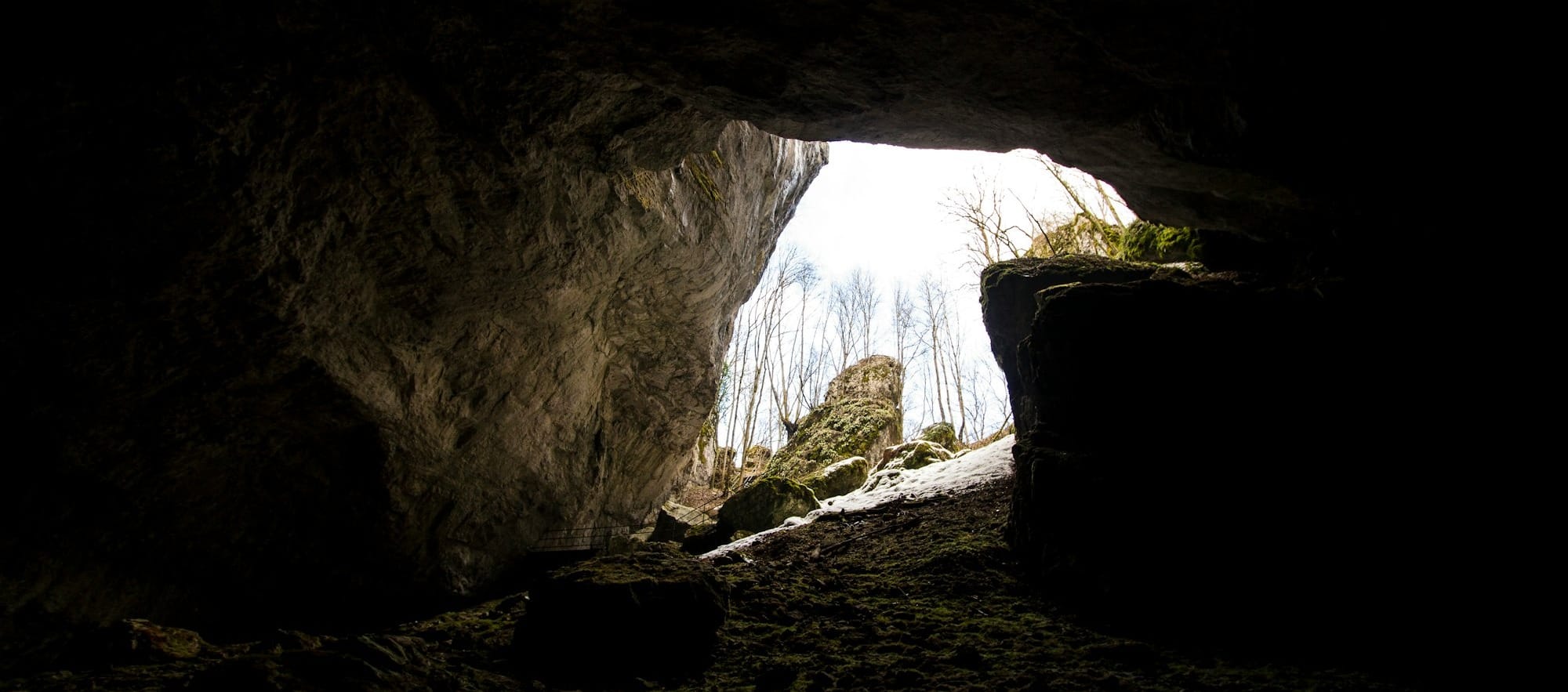
NO FACTS OR FIGURES are available on Windsor hill’s pre-historic residents. Earliest information dates to Saxon times; archaeological teams unearthed evidence Saxon communities built their main settlement downriver, away from the hill.
'Didn’t need hilltop security' is probably the more acceptable explanation than sinister ‘bad vibes’.
However, a frightened ghost of Windsor Castle said something terrifying happened there long, long ago; deep in our prehistory; long before the castle was raised.
His confession related to disturbing anthropophaginian activity, of which there is both evidence elsewhere and environmental support.
But too gruesome to include here.
The dead do not haunt forever but the living can cause very long term effects, more influential than an atmospheric image.
Commonly known as a curse.

‘SUPERSTITIOUS NONSENSE’ probably is a more acceptable answer. Any physical action, however distasteful to modern diners, cannot affect environment.
And maybe that’s correct; emotional or ‘atmospheric’ transference is impossible. Misfortune is simply coincidence. Notions such as curses are coincidence combined in the mind of the superstitious.
The run of cruel fate visited upon all those who have lived in and loved this castle may be merely that.
But it is a surprising cluster.
Thank you for your company on this short tour of Windsor history, mysteries and haunting. If you would like to know more about Margo Williams' investigations into the cause of this castle's curse and hear what the ghosts of the chapel had to say about being royal, and what it's like to get everything you want.
Plus other ghostly royals and rogues, read this book. Now available from Amazon.
